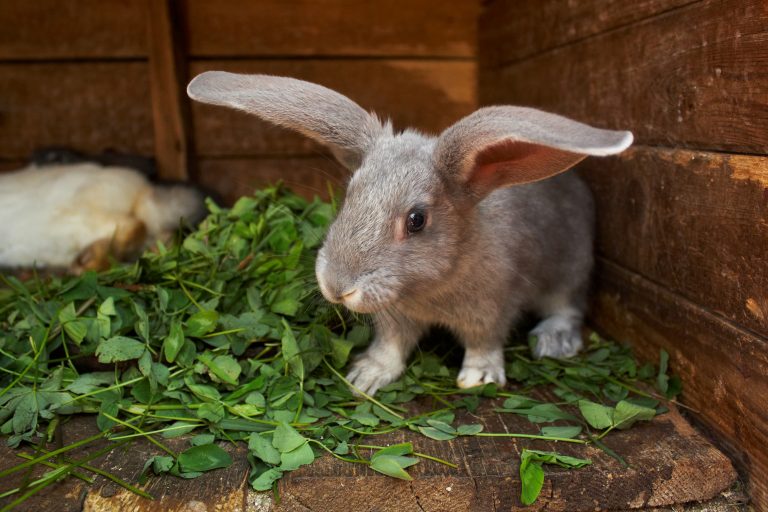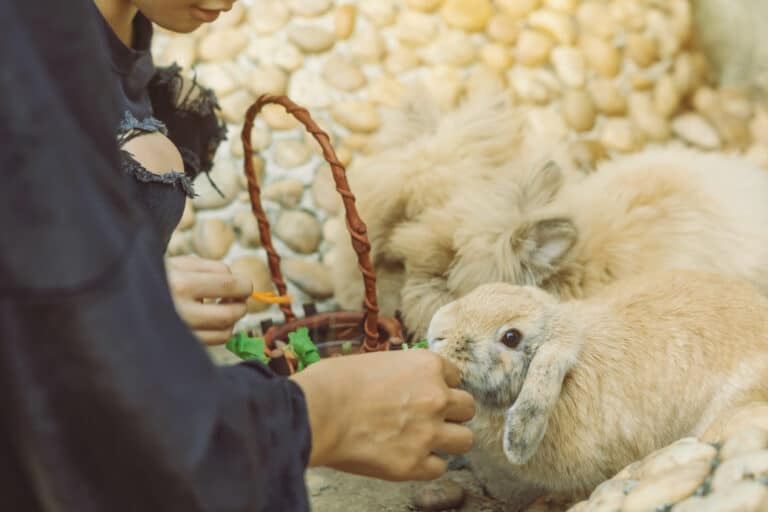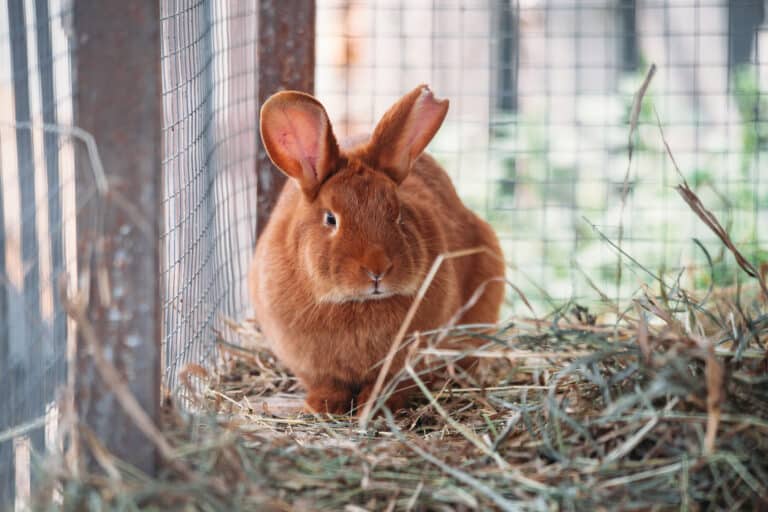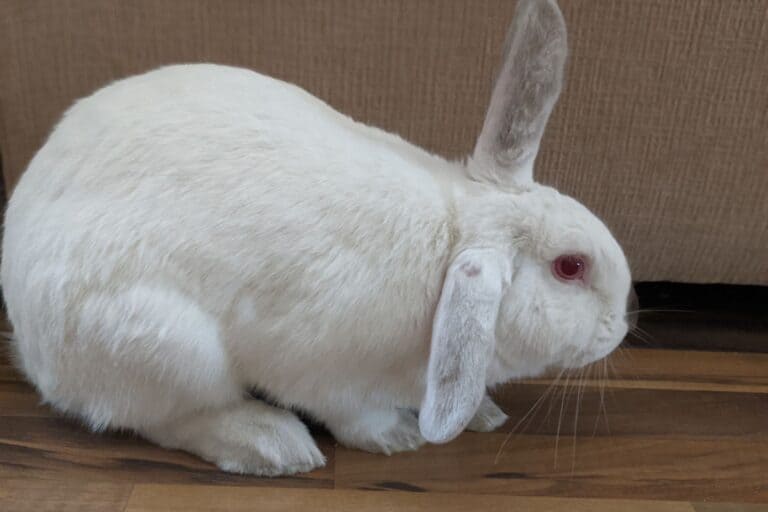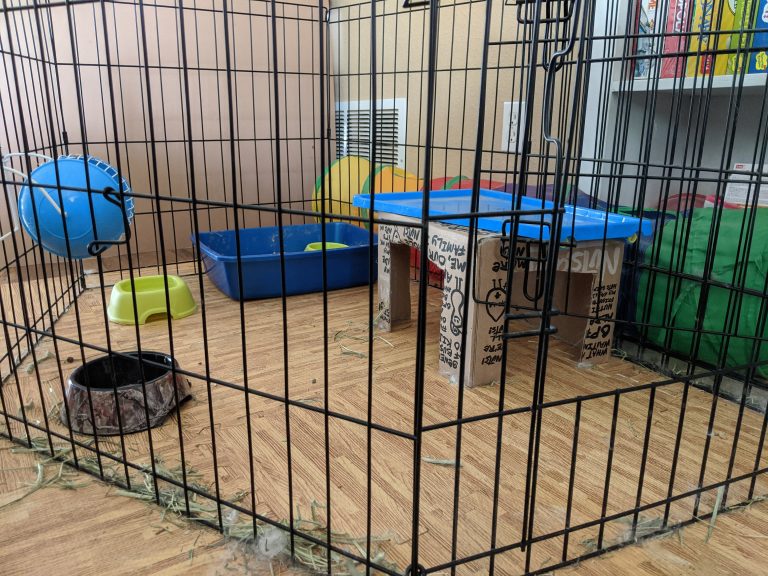Do Rabbits Need a Bath?
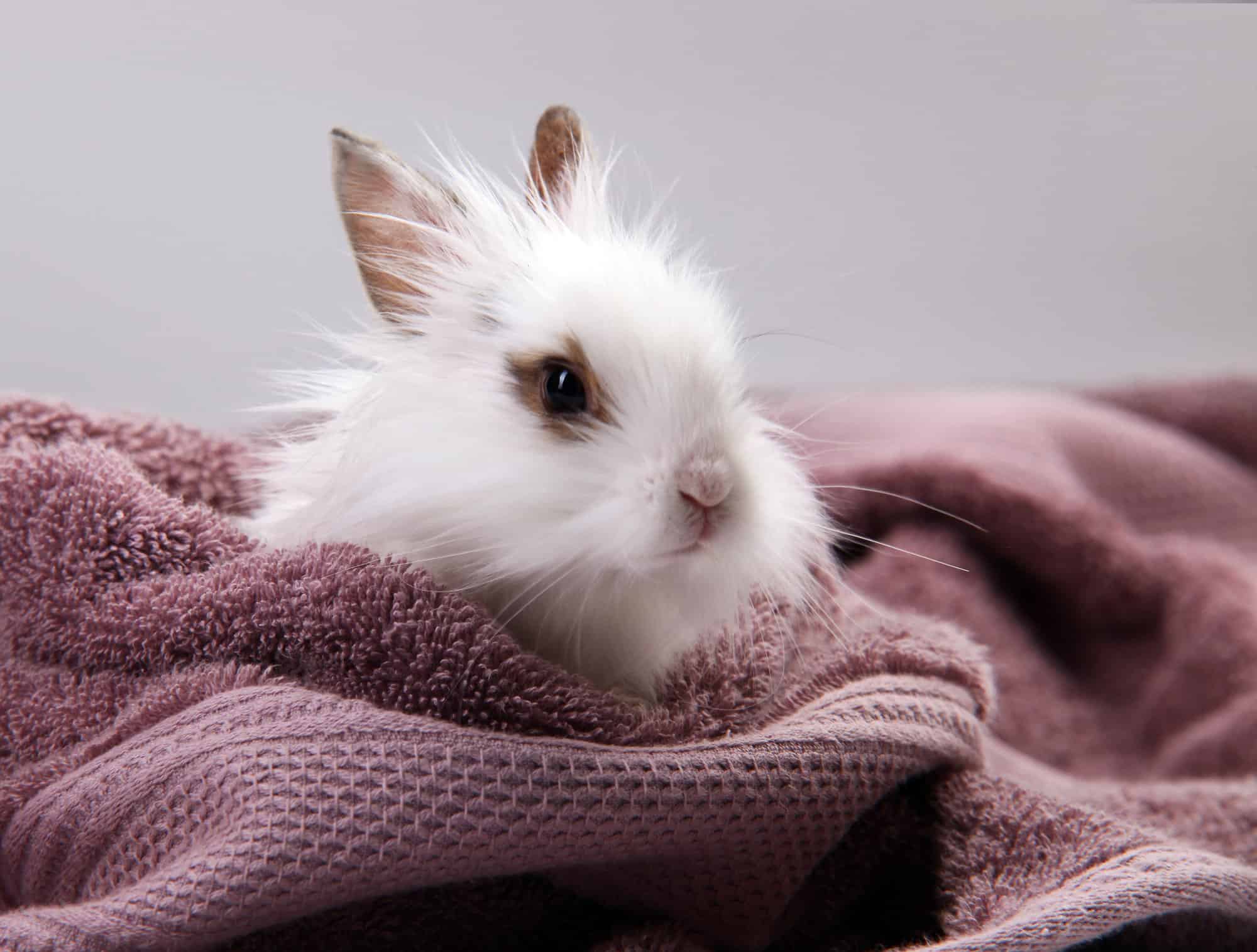
If you have a pet dog, you might think that, like your canine buddy, your rabbit also needs a bath regularly. Nothing can be further from the truth. In fact, because going into the water is not natural for their wild kin, your bun will likely hate getting wet. So don’t think that bathing your rabbit should be a part of their regular grooming routine.
Important Things to Consider
You may have seen videos of rabbits looking calm and content while submerged in a sink full of water, and yes, there are those rabbits who do enjoy taking a bath or even swimming! But they are more the exception than the rule. Seasoned fur parents know that most buns dislike being wet and that plunging your bunny in water can even be downright dangerous for them.
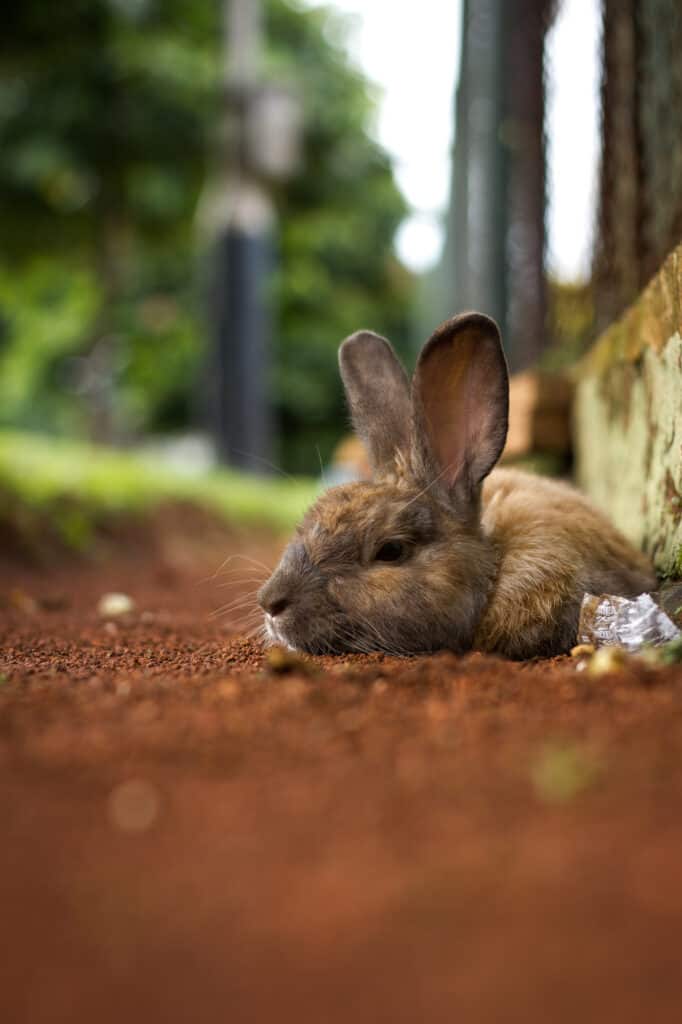
Risks posed by bathing your bunny:
Bathing your rabbit can cause intense stress
Because rabbits are not used to the water, being placed in a sink full of it can spook them. Fear can cause your bun to go into shock, which has several detrimental effects on a rabbit. When a bunny goes into shock, his body temperature plunges, and his body may start to shut down. Rabbits have been known to die from heart attacks when they get terrified. At the extreme end, the stress caused by the bath may lead to death.
A bunny bath sometimes lead to skin irritations
Rabbits have sensitive skin, making them prone to many skin ailments. A rabbit bath strips away the skin’s natural oils, which leaves your bun’s skin dry and vulnerable to bacterial and fungal diseases.
It’s also hard to dry rabbit fur, and when your bun’s fur clumps together, the wet skin underneath becomes a perfect breeding ground for infections or may trigger allergic reactions.
Bathing your rabbit can cause ear and respiratory infections
When you bathe your bunny, water could accidentally get into his ear or nose. Water in the ears can lead to an infection. Meanwhile, the water that gets into your pet’s nose puts him at risk of developing respiratory ailments. Such health issues can become more severe if they’re not correctly dealt with.
A rabbit bath can lead to injuries
Because rabbits don’t like being in the water, your pet may panic when you place him in the sink or tub and start thrashing around. Rabbits have strong hind legs, but their spines are brittle. As they struggle to escape, they could twist and fracture their spine, causing paralysis or even death.
A bunny bath can cause hypothermia
Your bun’s thick fur is hard to dry. Consequently, he may remain damp after a bath despite your best efforts to blot out the moisture. Now, the coat is essential in regulating your pet’s body temperature, and having wet fur prevents your bun from trapping body heat. This can lead to hypothermia, especially if your rabbit lives in an outdoor habitat.
A wet rabbit can also get chilled, making him prone to developing respiratory infections, such as pneumonia.
The Occasional Bath
Even if bathing can be harmful to rabbits, there may be times when you’ll need to bathe your pet. The situations that call for a bunny bath include those occasions when he gets something on his fur or body, which he shouldn’t try to clean off himself, and when poop accumulates on his behind.
How to Bathe Your Bunny
No matter how clean they are, your bun can get dirty sometimes. However, a full bath should be a last resort. Luckily, there are other ways by which you can remove the dirt and grime from your pet without wetting his entire body.
Here are some of your options:
1. Spot cleaning
A messy behind is one of the most common reasons for spot-cleaning your bun as a filthy backside can lead to skin sores, urine scalding, and other health problems. To spot-clean a rabbit, use a washcloth or kitchen towel to dab at the dirty area. Try gently rubbing off the dirt with a dry towel at first but if that doesn’t work, moisten the towel and sponge off the mess. Thoroughly dry your bun afterward.
2. Dry rabbit baths
Dry baths are ideal for removing the dirt and grime from your pet as they cause less stress than wet baths. To give your bun a dry bath, you’ll need the following:
- Cornstarch
- A towel or washcloth
- A fine-toothed comb
First, place your pet in a safe and secure spot where he can’t accidentally fall off if he tries to escape. Talk soothingly to your bun until he looks calm and relaxed, then sprinkle the cornstarch on the soiled areas. Gently but thoroughly work the powder through the fur, coating the mess to make it easily slide off.
Run the fine-toothed comb through your bun’s hair to remove the debris. Using the towel or washcloth, wipe away the loose cornstarch to prevent your pet from inhaling the powder.
Most rabbits don’t mind dry baths, and they usually sit quietly as you go about cleaning off the dirt from their fur.
3. Spot baths
Spot baths are a bit different from spot-cleaning in the sense that you won’t be dabbing at your bun’s messy area with a damp cloth but instead will be using water to clean off the filth.
You won’t be wetting down your pet’s whole body with a spot bath, so there are fewer chances of scaring him or causing undue stress.
To give your pet a spot bath, line a basin or sink with a towel to make the bottom less slippery, then put in about two and a half inches of lukewarm water. Mix in a tablespoon of hypo-allergenic and non-medicated shampoo into the water.
Holding your bun gently but firmly, dip the soiled area into the water and work the shampoo into the fur. When the grime had come off, rinse your bunny thoroughly, making sure you wash off all the shampoo from his coat.
Dry your pet with a towel, dabbing gently because a rabbit’s skin is sensitive and quite delicate, especially when it’s wet.
Use a fan or hairdryer that’s set on low to dry your pet’s fur completely.
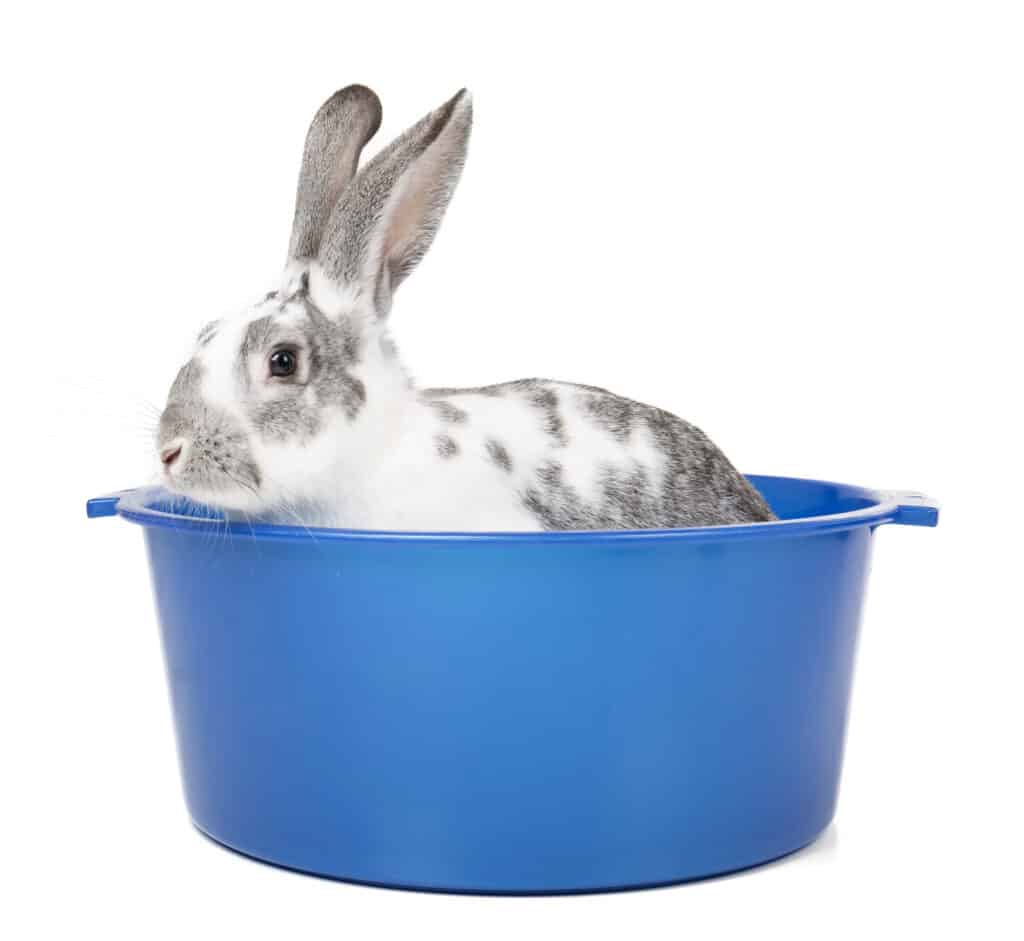
Tips for giving your bunny a bath
If your rabbit has gotten into something you can’t easily rinse off or he’s really filthy, then you may have no choice but to bathe him. Ideally, this should be a two-person job so one can hold the rabbit while the other person does the bathing.
- Place a towel or a non-slip mat at the bottom of the tub or sink to give your pet a grip, making him less likely to panic and try to escape.
- Using warm water, wet your pet’s rump first and work your way forward. Don’t wash the head unless your vet specifically told you to do so. Make sure you don’t get shampoo or water into your bun’s eyes, ears, and nose.
- Rinse off the shampoo, emptying the sink or tub frequently, so the water level doesn’t rise and alarm your pet.
- Gently lift your bun out of the water and wrap him with a towel.
- Just like when you’re spot-bathing your pet, dab off the excess water, then dry his fur completely using a fan or hairdryer that’s set on low.
If your bun lives outdoors, keeping him inside overnight after a bath is a good idea, so he doesn’t get chilled if the temperature drops at night.
Rabbits usually keep themselves clean. That means you don’t have to give your bun a full bath unless it’s really necessary. And before you do, try other ways of cleaning off the dirt first so as not to cause stress to your pet.
More Rabbit Care Tips
- How Long Do Flemish Rabbits Live: Giant Breed Facts
- Complete Guide to the Best Hay For Rabbits: Reviews & More
- Are Rabbits Rodents? Find Out More About These Small Mammals
- Is Oat Hay Good for Rabbits? Complete Guide to the Best Hay
- Why Do Rabbits Lick You? 11 Reasons for This Common Behavior
We hope you enjoyed this post! If you did, will you give it a share or two 🙂 Thank you! ~from Every Bunny Welcome


